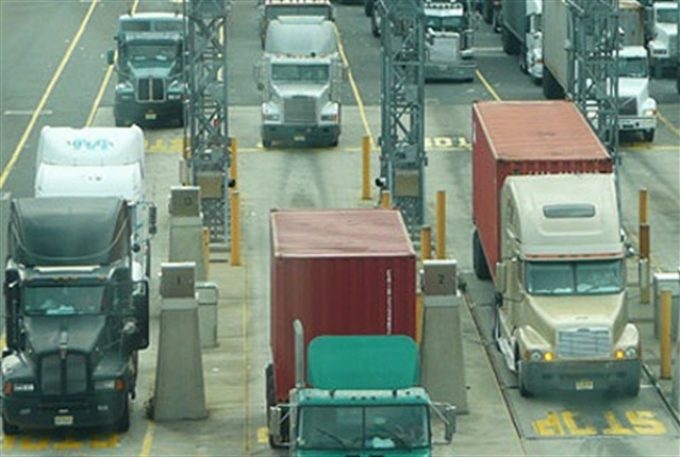RTR: Bank of America increases dividend by 9% after Fed stress test
REUTERS reports: Bank of America (BofA) (BAC.N) said on Wednesday it planned to increase its quarterly common stock ...

The US trucking industry has lost its swagger – demand and rates are still high, but tender rejections and pricing have trended downwards in recent weeks.
In conjunction with soaring fuel costs, this is hurting small operators, above all.
After a strong run that propelled pricing to record levels, the trucking market has been losing momentum, prompting the question of whether a recession might be imminent.
Spot rates have retreated and tender rejections have fallen and, as a result, bank analysts have downgraded ...
Volcanic disruption at Anchorage could hit transpacific airfreight operations
Macron calls for ‘suspension’ – CMA CGM's $20bn US investment in doubt
Forwarders stay cool as US 'liberation day' tariffs threaten 'global trade war'
Shippers snap up airfreight capacity to US ahead of tariff deadline
De minimis exemption on shipments from China to the US will end in May
Tighter EU import requirements proving 'a challenge' for forwarders
Looming Trump tariffs will create 'a bureaucratic monster' for Customs

Comment on this article